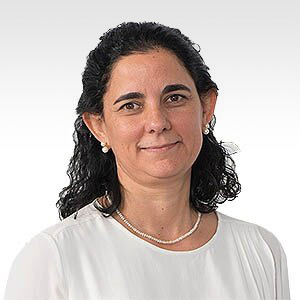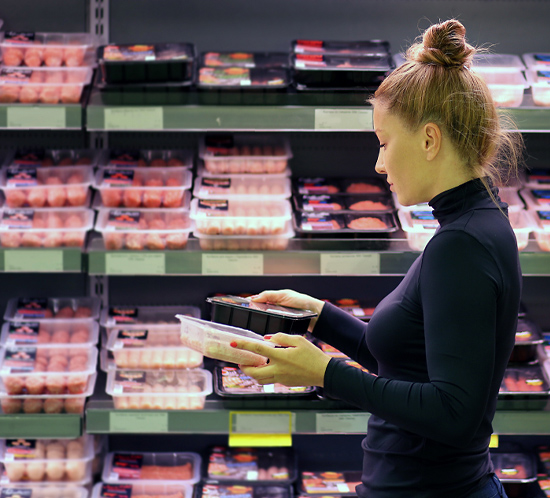Initiatives such as the Plastic Packaging Tax are driving the sector away from single-use plastics in search of new, more sustainable materials. But what does this mean for food safety?
Modified Atmosphere Packaging (MAP) is an established technology that is mainly used in combination with plastic packaging. Proven to limit the growth of harmful microorganisms and extend the shelf life of packaged foods, MAP is a critical tool in maintaining food safety standards. It’s clear however that as packaging materials evolve, so too must the MAP process, and the combination of gases that it employs.
In this context, the microbial safety of food is a key consideration. Once a food product has been processed, the available carbohydrates, proteins, fats, and nutrients provide a suitable environment for microorganisms to grow. Microorganisms in food not only cause discolouration and decomposition but impacts any strict food safety regulations which manufacturers have to adhere to.
Chemical and biochemical changes can occur in foods and may lead to spoilage. These changes can be slowed down by the use of MAP, for example in some fatty foods, oxidation can occur leading to the development of rancidity, this process can be effectively slowed down by packaging the product in a low O2 atmosphere.
Carbon dioxide (CO2), oxygen (O2) and nitrogen (N2) are commonly used in the MAP process. Carbon dioxide inhibits the growth of most aerobic bacteria and moulds, but it can be detrimental if used in excess. By contrast, oxygen is usually excluded as it can cause food to deteriorate but it can be helpful in keeping the colour of red meat and in inhibiting the growth of anaerobic organisms in some fish and vegetables. Nitrogen is used to exclude oxygen and for filler gas.

Inhibits growth of most aerobic bacteria, yeast and moulds
Higher CO2 = longer shelf-life

Inert gas used to exclude air and oxygen. Used as a balance gas (filler) to prevent pack collapse when using CO2.
Used in snacks, dried foods and products which contain oils or fats, to prevent oxidative rancidity

Maintain fresh, natural colour in red meats.
Maintain respiration (fruits & vegetables)
If we consider chilled raw poultry, the principal spoilage mechanism is microbial growth which can be very effectively inhibited by the inclusion of CO2 in MAP. CO2 levels in excess of 20% are required to significantly extend the shelf life of raw poultry. Specifically for retail, the proportion of CO2 in the gas mixture should not be higher than 35% as pack collapse and excessive drip may be induced.
Raw red meats present a different challenge but are equally an ideal medium for the growth of a wide range of spoilage and food poisoning microorganisms. With this product, to create the dual effect of red colour stability and microbial inhibition, gas mixtures containing 20-30% CO2 and 70-80% CO2 are ideal.
As new packaging materials emerge, adapting the carefully selected combination of high purity gases used in modified atmospheres will be key. When selecting these materials, it is critical the sector considers not just its sustainability but also consumer safety and food waste.
As a result, we are working with our colleagues across the industry to find and test alternative packaging materials that minimise the impact on the environment. However, the materials still need to ‘hold gas’ and be used in the MAP process, ensuring that microbial growth is inhibited, and food waste does not increase as a result of the reduction in plastic use.
Ultimately, the future of food manufacturing must strike a delicate balance between safety, sustainability, and consumer appeal. For food safety, the question now is how we can adapt tried and tested technologies such as MAP for use in alternative packaging materials so that food products continue to be safe, as well as sustainable.
If you are an OEM or food manufacturer currently using, or thinking about adopting MAP technology, Air Products are open to collaboration projects. Get in contact today and we can arrange a visit to our Food Development Lab in Basingstoke, where our experts with decades of experience in MAP have run numerous product tests and built knowledge of the ideal gas composition for each food type and can help you understand the best options for your product.

Sonia Guri – food safety expert, Air Products









